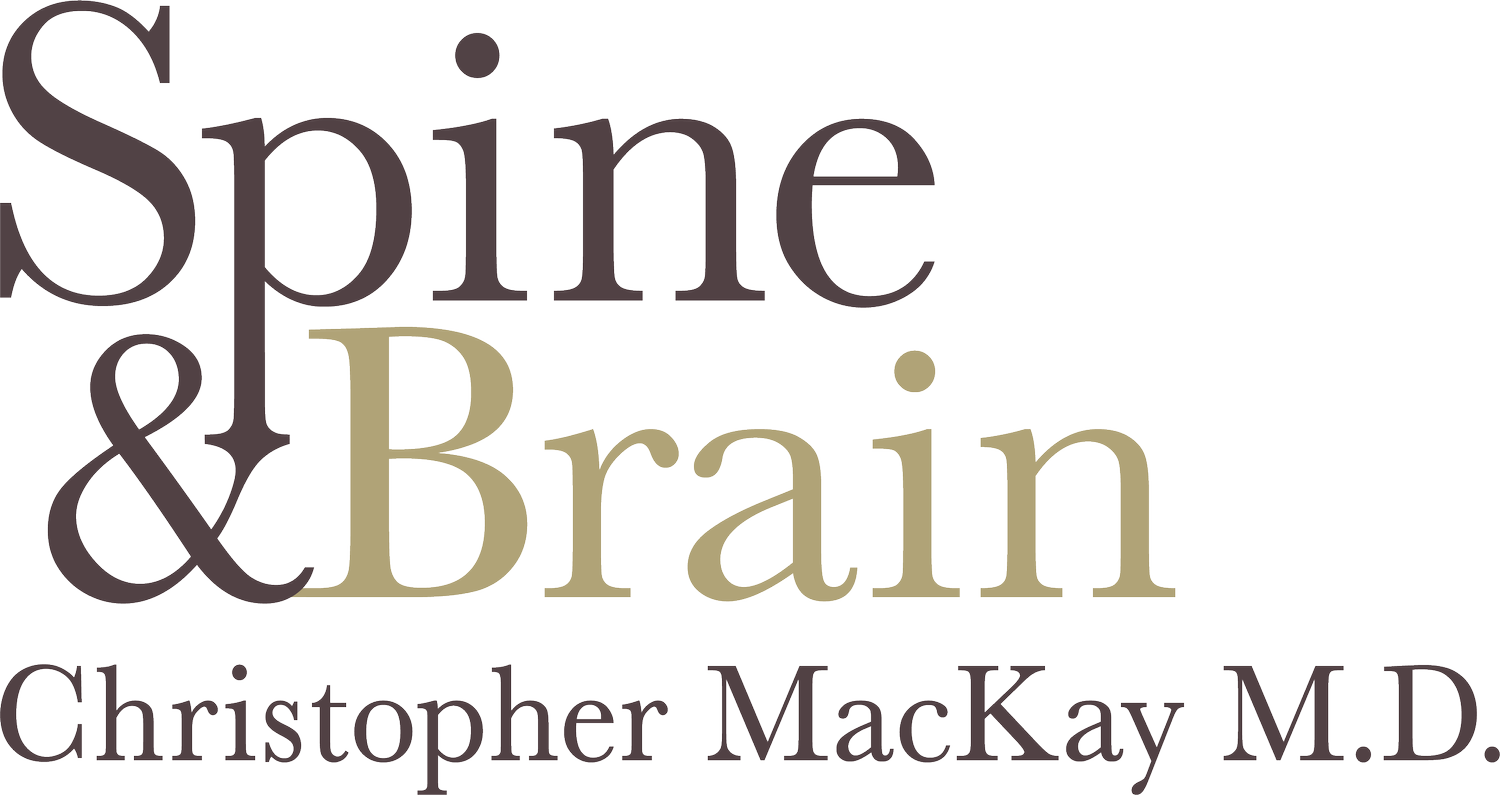Balancing Life and Recovery: Tips on Managing Post-Surgery
Recovery after surgery provides a critical opportunity to take care of yourself while your body heals. You will need to regain mobility, muscle strength, flexibility, and range of motion after back surgery. Here are some important post-surgery suggestions to help you meet your recovery goals and heal properly.
Pain Management
Take your prescribed pain medication as directed, refill it on time, and avoid overuse. If your pain is not adequately managed, contact your spine surgeon or primary physician. Non-drug pain relief options are available. These include gentle exercise, moist heat (avoiding incisions), gentle massage, resting, and changing positions regularly.
Sleep with Proper Spinal Support
Use a pillow under your head and knees if you sleep on your back, or one between your head and knees if you're a side sleeper. When rising from bed, do a "log roll" to minimize strain. Also, consider taking daily pre-meal naps to aid healing.
Movement and Mobility
Try to exercise on a regular basis if your doctor has approved it. Light activity stimulates blood circulation, which helps speed up recovery. Movement also heats joint fluid, which helps to lubricate your joints and relieve pain.
Develop Healthy Eating Habit
During recovery, provide your body with extra calories for healing through nutritious foods like fruits, vegetables, grains, and high-protein options. Supplements, vitamins, protein shakes, and staying well-hydrated are essential as recommended by your doctor. Avoid relying on fatty foods and sweets for additional calories. You can find additional information about eating healthy at Nutrition.gov
Wound Care
After surgery, ensuring that your surgical site is clean and free from infections is paramount. To effectively manage wound care -
Cleanliness: Always ensure that your hands are clean before touching or treating the surgical site. This can prevent bacteria and other contaminants from getting into the wound.
Inspect Daily: Regularly check the incision area for signs of redness, increased swelling, pus, or any discharge. A slight redness or swelling is expected initially but should decrease over time.
Dressings: Change the dressing as recommended by your surgeon. Ensure that the wound is dry before applying a new dressing. If the dressing becomes wet or soiled, change it promptly.
Avoid Immersion: Do not submerge the wound in water until your doctor gives the go-ahead. This means no baths, hot tubs, or swimming. Stick to showers, and ensure that water doesn’t directly hit the surgical area.
Limit Sun Exposure: The healing skin can be sensitive to the sun, leading to sunburns or discoloration. It's a good idea to protect the area from direct sunlight.
Use Prescribed Ointments: If your surgeon prescribes an antibiotic ointment or cream, apply it as directed. This can prevent infections and promote healing.
Avoid Scratching: As the wound starts healing, it might itch. Refrain from scratching as this can introduce bacteria and disrupt the healing process. If itching persists or becomes bothersome, consult with your doctor.
By adhering to these guidelines, you will optimize wound healing, reduce the risk of infection, and ensure that the scar heals with minimal complications.
Physical Therapy
Physical therapy is critical to the recovery process after spine surgery because it teaches patients how to move properly so they can conduct daily duties without damage. To accomplish a complete recovery, improve your strength, and restore your mobility, commit to physical therapy and follow your physical therapist's directions.
Don’t Hesitate to Contact Your Doctor
Contact your doctor if you have any questions or concerns so that they can assist you in reaching your spine care recovery objectives. It's also critical to notify your doctor as soon as possible if you see any signs of an infection so that they can treat you properly.
Back surgery recovery can be an uphill struggle, but with the right care, support, and patience, you can improve your healing process and regain your quality of life.

